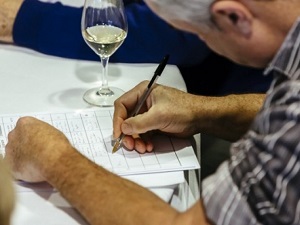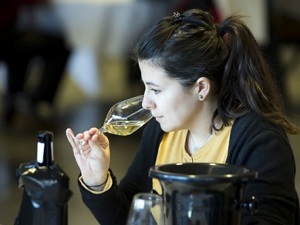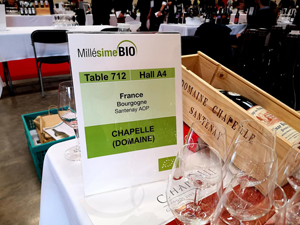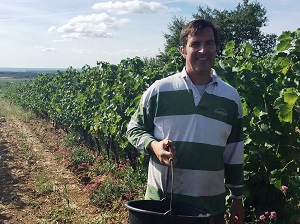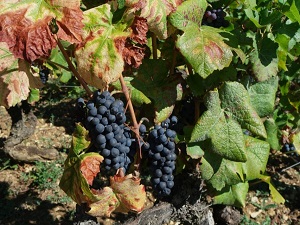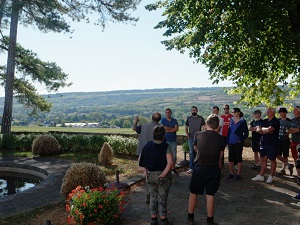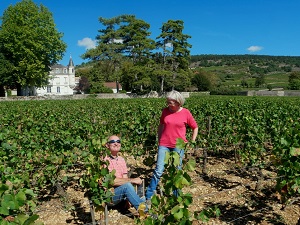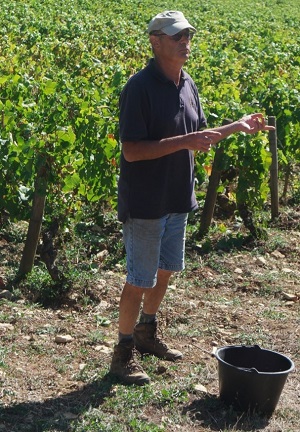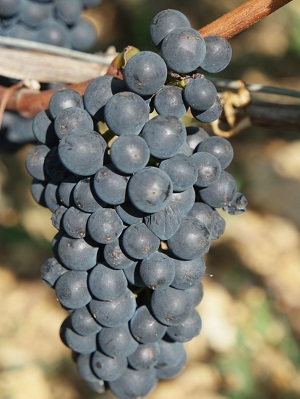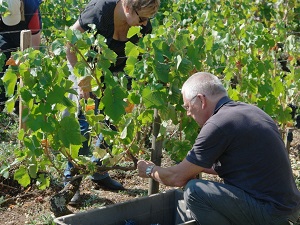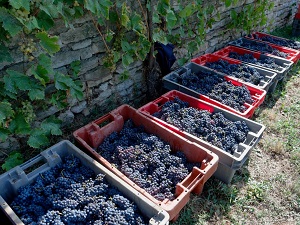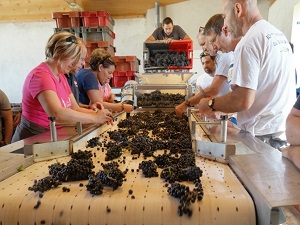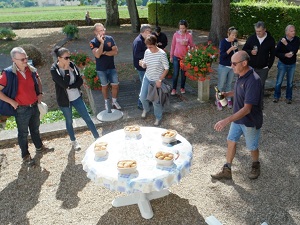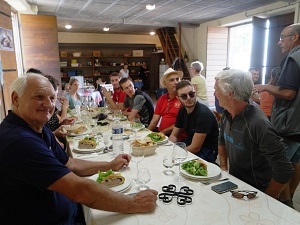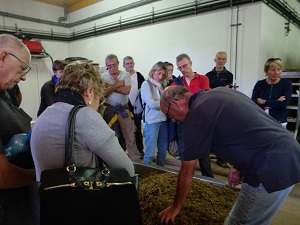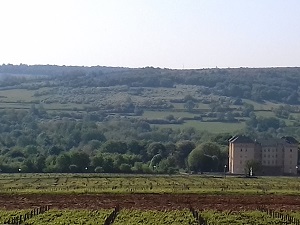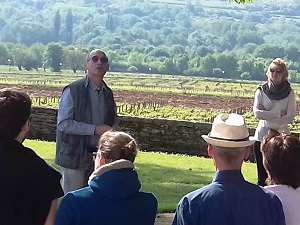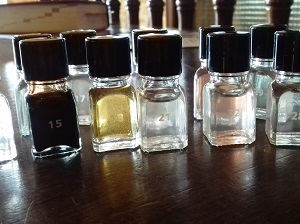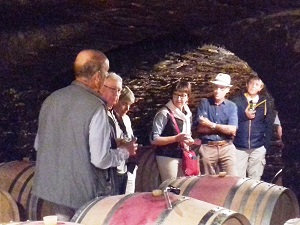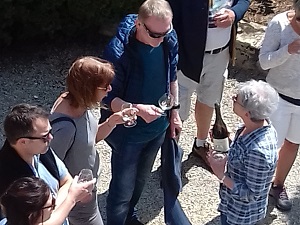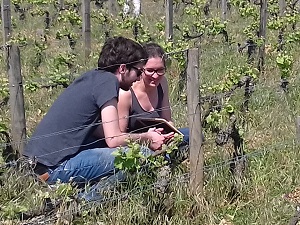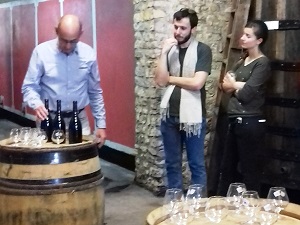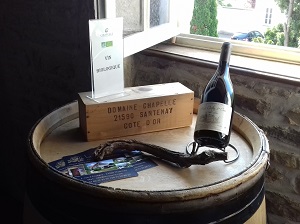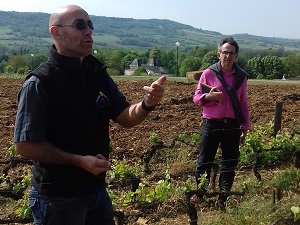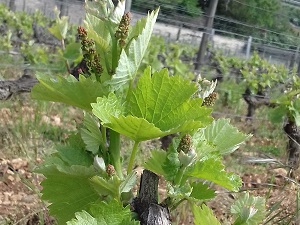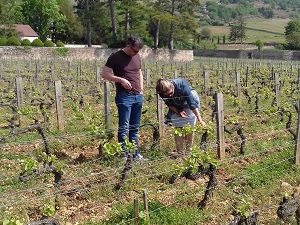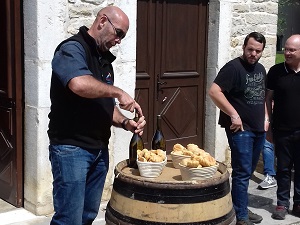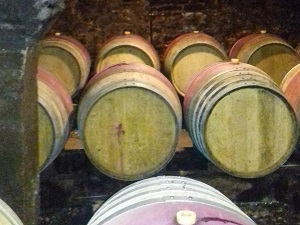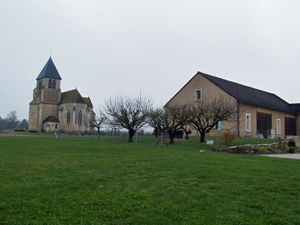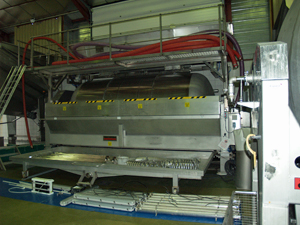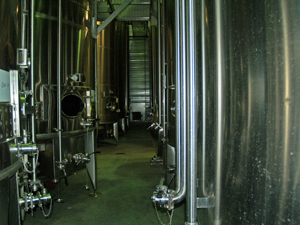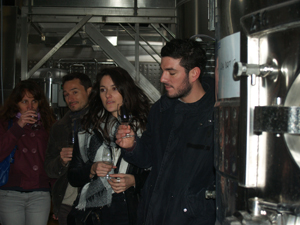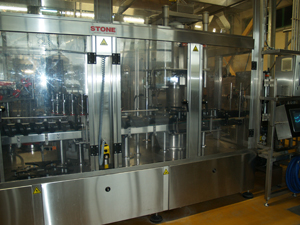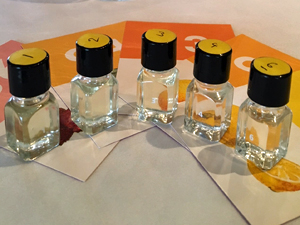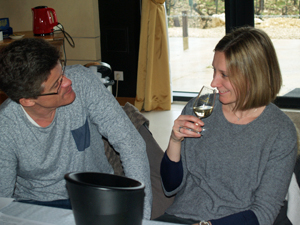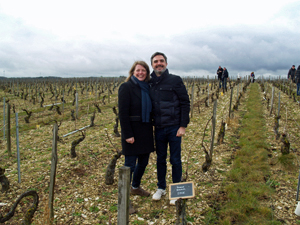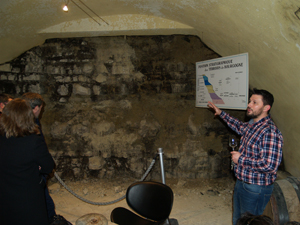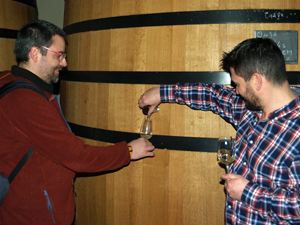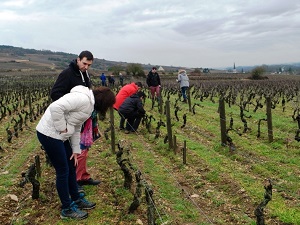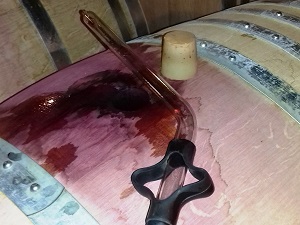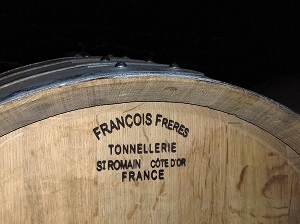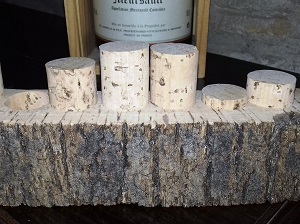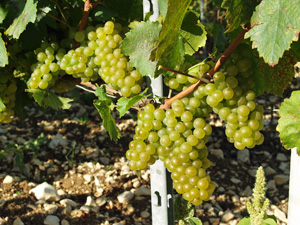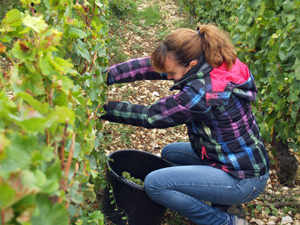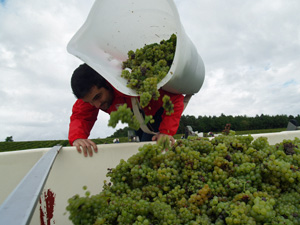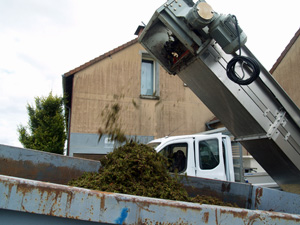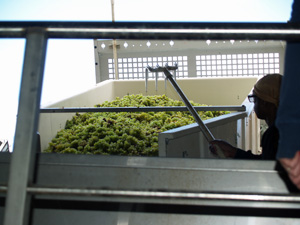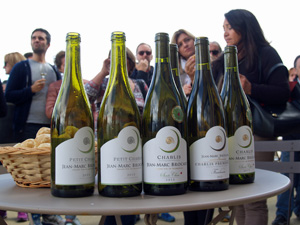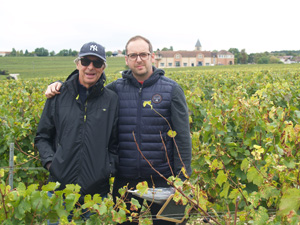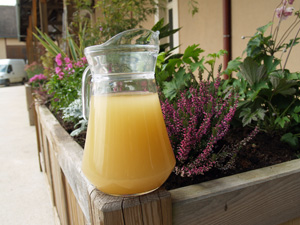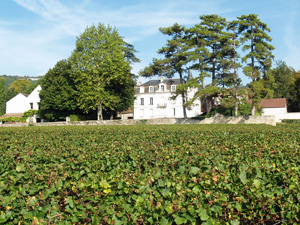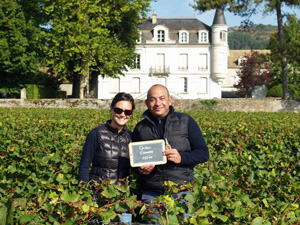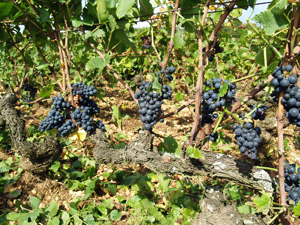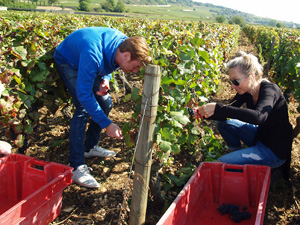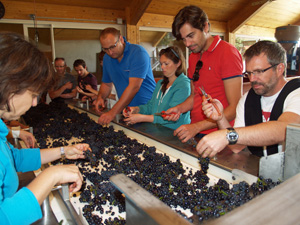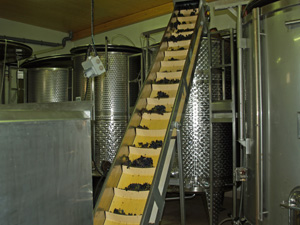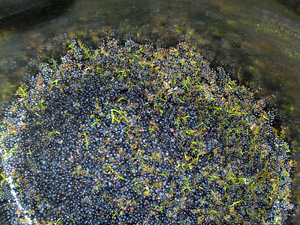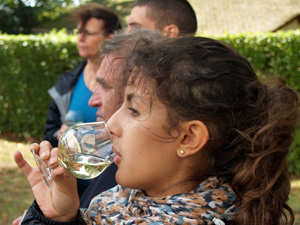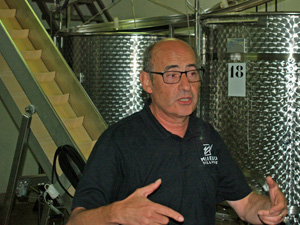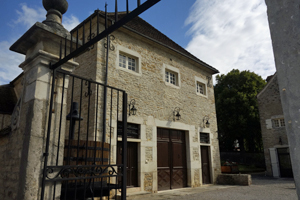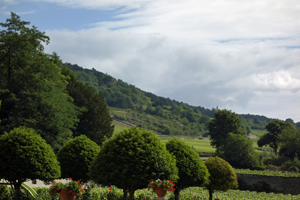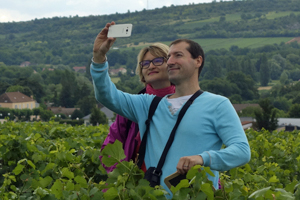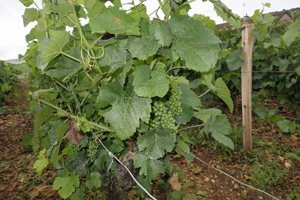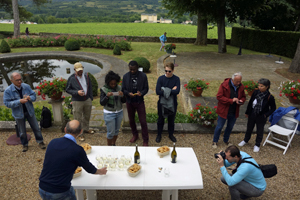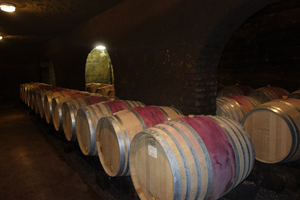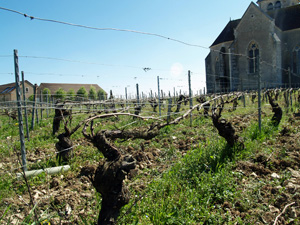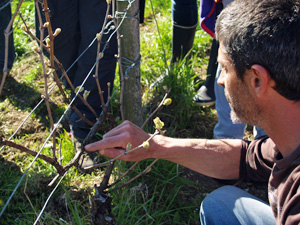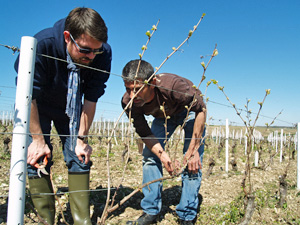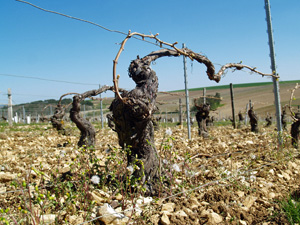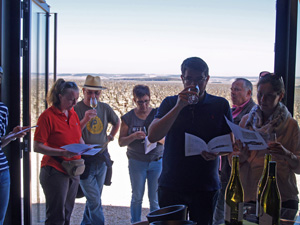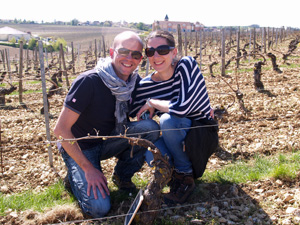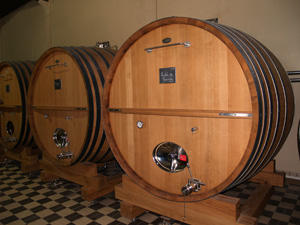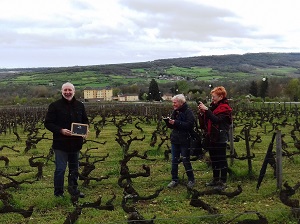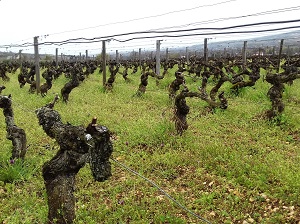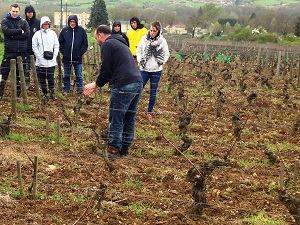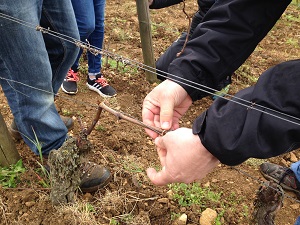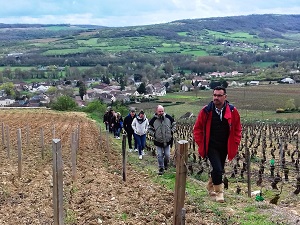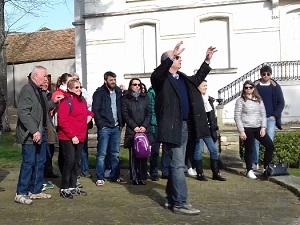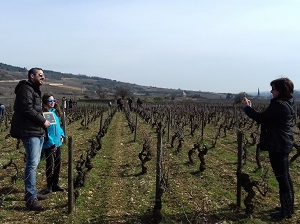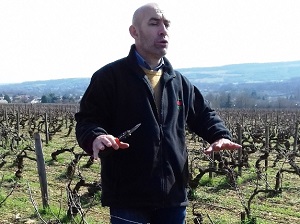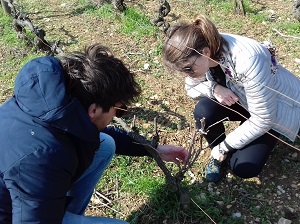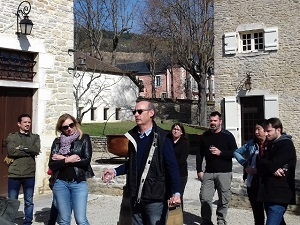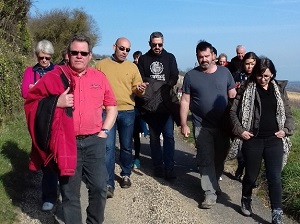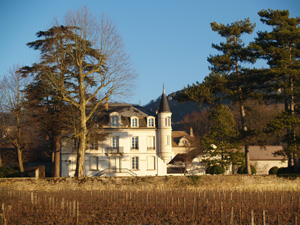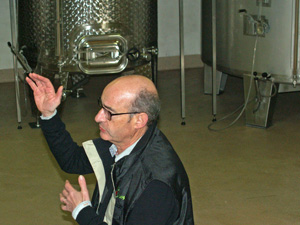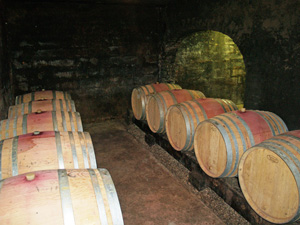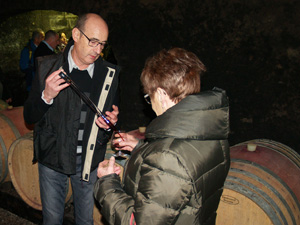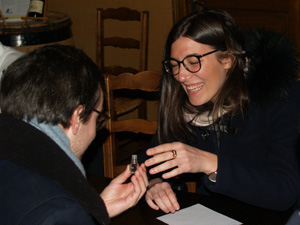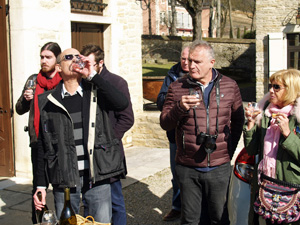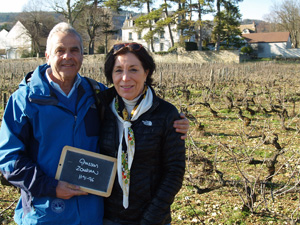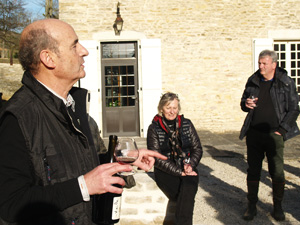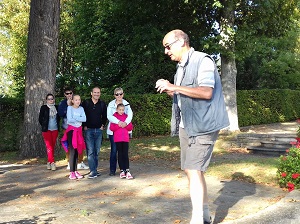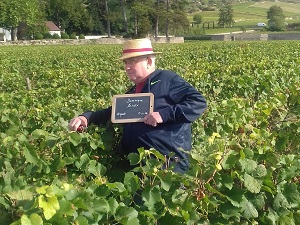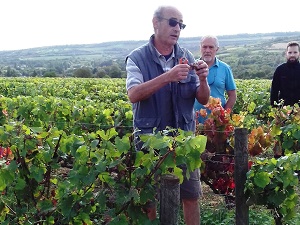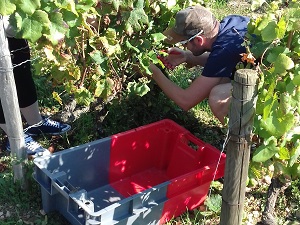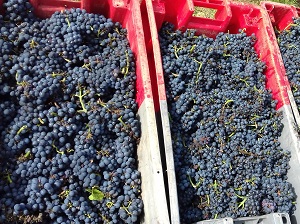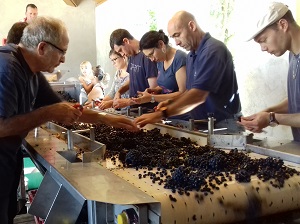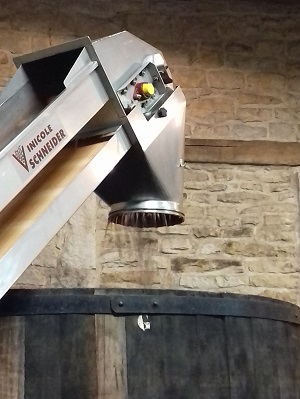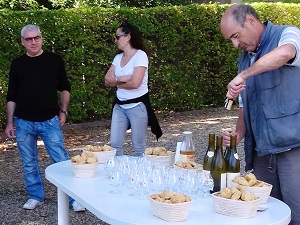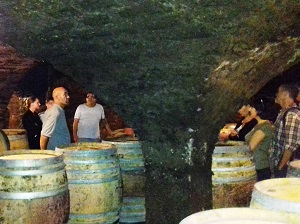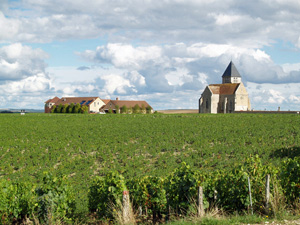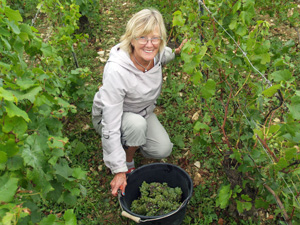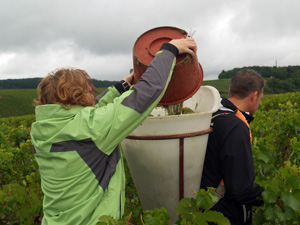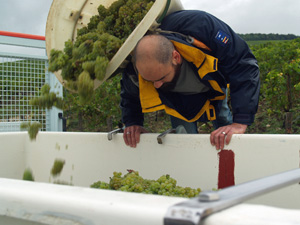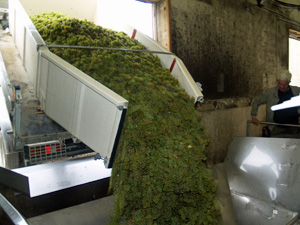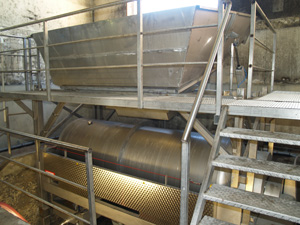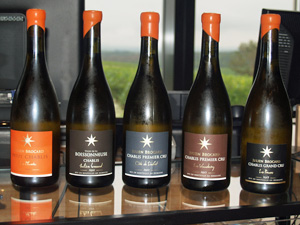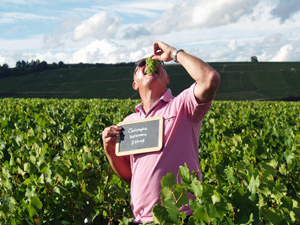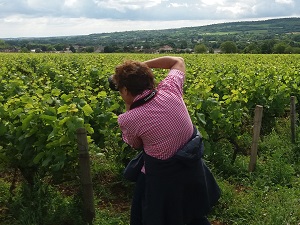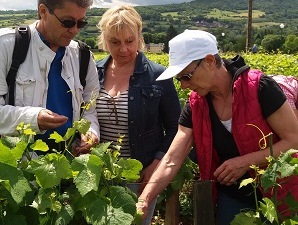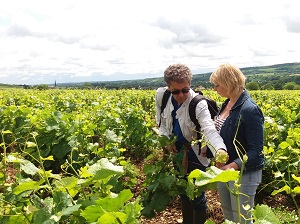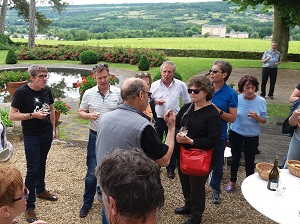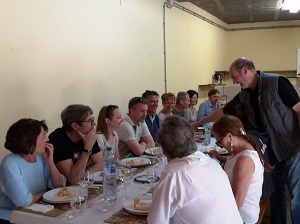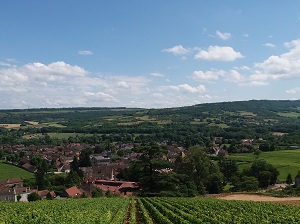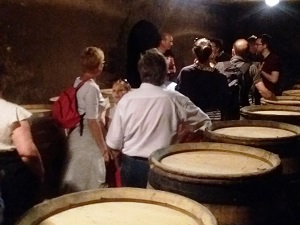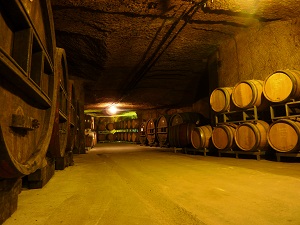Understanding the wine-making process in Burgundy
- Categories :
- Domaine Chapelle
- Burgundy
- Wine Making
After a welcome coffee and brief introduction to the day and the idea behind the Gourmet Odyssey Wine Experience, Jean-François and Simon Chapelle recounted the history of their family and explained the structure of the Burgundy wine-growing region.
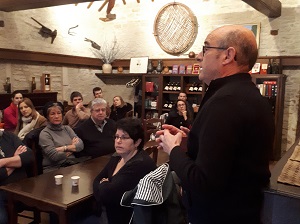
They told us how the vineyards had been organised, and the transition of the commercialisation of wine from merchants to the winemakers who took the step to bottle and sell their own wines.
The wines from Domaine Chapelle are organically certified, and Jean-François talked to us about his reasons for embracing organic winemaking and the challenges that it entails.
We then embarked on two different workshops:
One of the workshops taught us how to taste wines and put our noses to the test. We tried to name the different fruity and floral aromas and the tertiary aromas that are brought through ageing in oak barrels. It’s a much more difficult task than you at first think. We also tasted four different solutions that were acidic, sweet, salty and bitter to explain the importance of balance in a wine.
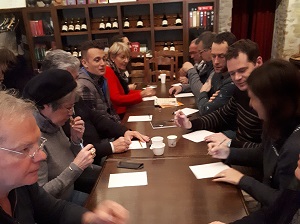
We then made our way into the fermentation hall and admired the different sections that had been created by the successive generations of the family from Jean-François’ grandfather, his father and then the work that he carried out to extend the hall and re-organise the way that the grapes are worked during harvest time. We learnt about the vinification process before heading down into the vaulted cellar below, where the wines are aged in oak barrels.
The wines are put into the barrels once the alcoholic fermentation has finished, and stay there for 9 to 12 months depending on how they evolve.
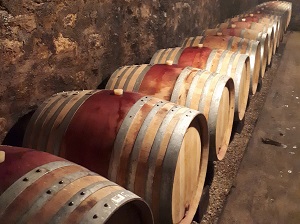
The choice of barrel is very important and varies from winery to winery depending on the taste and objectives of each winemaker. Various factors come into play such as where the oak comes from, how the inside of the barrel was toasted, and the age of the barrel. The skill of the winemaker is to choose a mix of different barrels that enable a harmonious wine to be produced.
To illustrate the impact of barrels, we compared the same wine that was in the process of ageing in different types of barrel, and marvelled at the big differences aromatically and taste-wise.
Once the ageing period is over, all of the various lots of wine from the same plots will be blended together to prepare the wines for bottling.
The bottles will then be labelled at a later date depending on the regulations of the country that they will be sold in.
After a busy morning absorbing lots of new knowledge, we enjoyed the aperitif in the vinification hall. To quench our thirst, a Santenay Saint Jean white wine with gougères, a local cheese shoe pastry speciality.
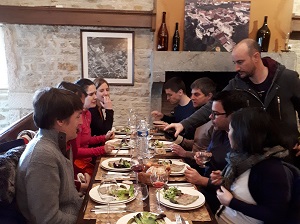
For lunch we continued the regional theme with some parsley ham, Gaston Gérard chicken, Burgundy cheeses and a three chocolate dessert, accompanied by some of the winery’s red wines, including the Clos des Cornières red chosen for the Gourmet Odyssey Wine Experience.
It was difficult to get going again after lunch! But the walk in the vineyard was good for the digestion! We went to the Clos des Cornières vineyard and visited our adopted vines.
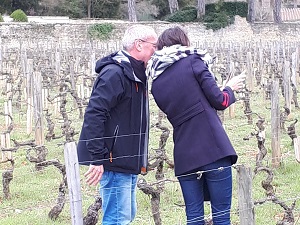
Simon explained the different plots within the vineyard. Originally, there were three distinct zones. The oldest one saw the vines removed last spring, and is currently lying fallow until 2021. The two remaining plots were planted in the 70s and 90s.
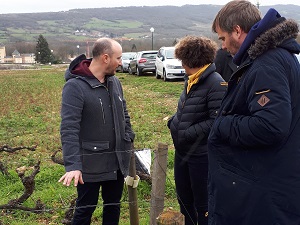
We then returned to the cellar for a final wine tasting session of the 2018 Clos des Cornières vintage that is still in the ageing process. We tasted wines from the two different plots to better understand the impact that the age of the vines has on the characteristics of the wine.
It was then time for this day, rich in information and tasting, to draw to a close. We left with a few bottles that we’ll appreciate differently now that we know a little more about what goes on to make wine, and having met the people responsible for making it!
We hope that everyone had a good time, and we look forward to welcoming you again soon!
Learn how you can adopt some chardonnay or pinot noir vines at Domaine Chapelle and participate in the Gourmet Odyssey Wine Experience.



